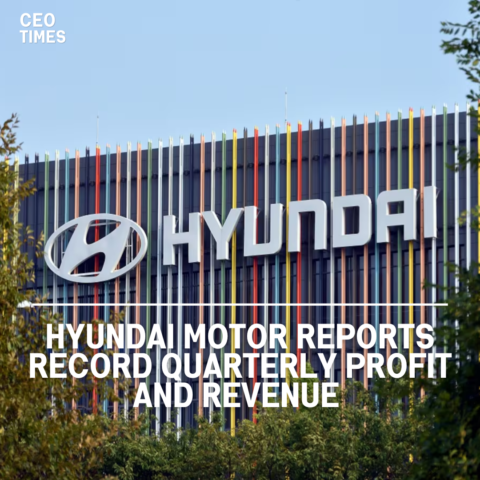Aston Martin, the renowned British luxury carmaker, disclosed a first-quarter pretax loss that exceeded analysts’ forecasts, attributing it to lower production and increased cash burn.
This unexpected downturn has triggered a 7% decline in its shares, underscoring challenges faced during a transition phase.
Production Transition and Performance:
The company, amidst the launch of new models like the DB12 and Vantage, ceased production of older models in preparation for the heightened production of fresh models later in the year.
Chairman Lawrence Stroll acknowledged the anticipated transitional phase, indicating a reflection of the first-quarter performance.
Aston Martin’s shares plummeted by 14%, reaching their lowest level since November 2022, before stabilizing at a 7% decline. While the second quarter’s performance is projected to mirror the first, the company upheld its 2024 forecast, prompting scrutiny from analysts at JP Morgan.
Leadership Transition and Strategic Focus:
With Adrian Hallmark poised to succeed Amedeo Felisa as CEO later this year, Aston Martin aims for seamless continuity in execution and strategic alignment.
Finance chief Doug Lafferty emphasized a steadfast commitment to product portfolio expansion, cash flow optimization, and momentum building.
The company reported a widened adjusted pretax loss of £111 million for the quarter ending March 31, surpassing analysts’ expectations of £93 million. Total wholesale volumes fell below projections, accompanied by a larger-than-anticipated free cash outflow.
Future Initiatives and Product Timeline:
Aston Martin remains focused on launching its V12 flagship sports car with a new engine in the fourth quarter.
However, its inaugural electric vehicle debut has been postponed until 2026, signaling a strategic adjustment in its product roadmap.

















